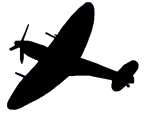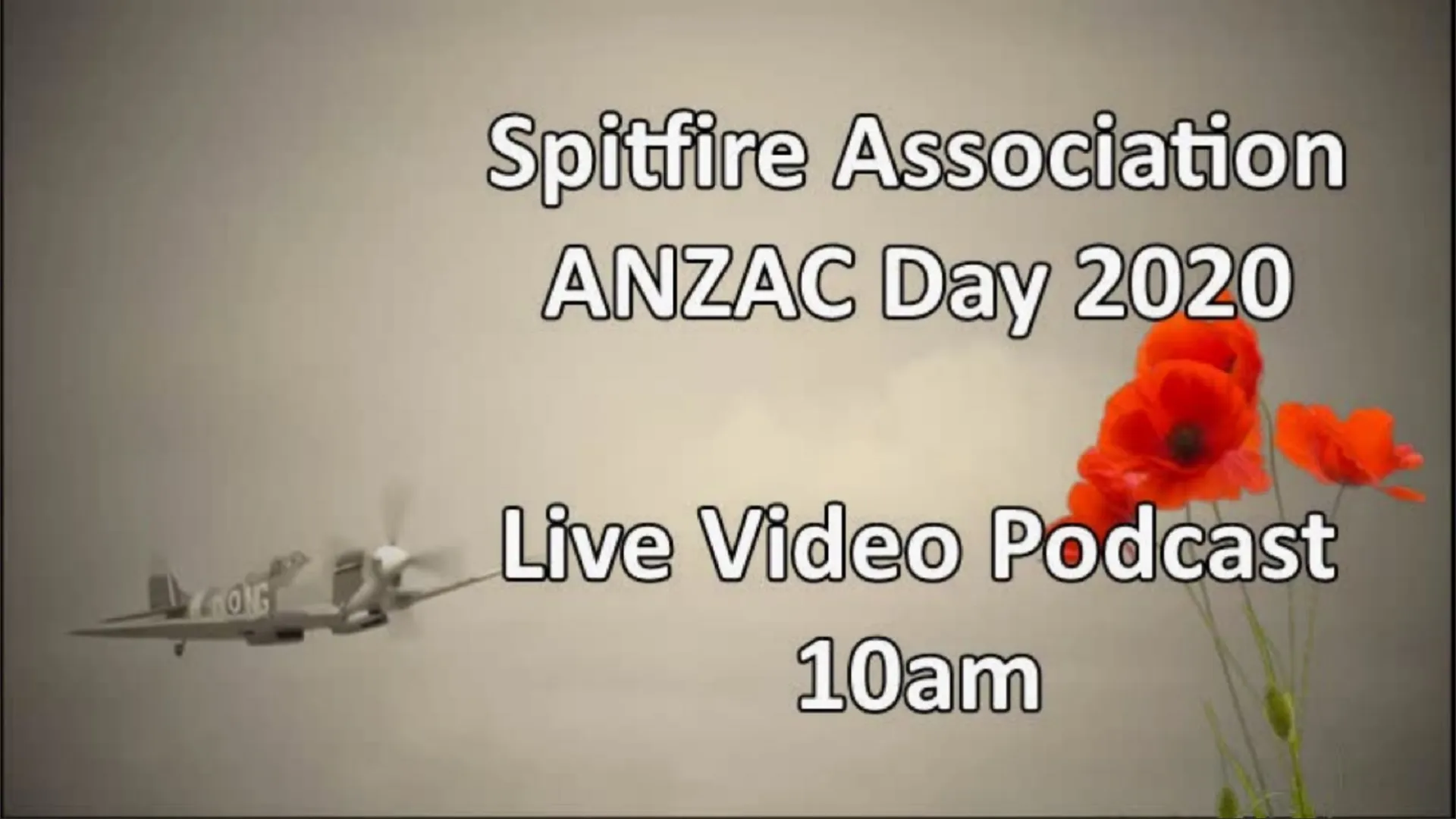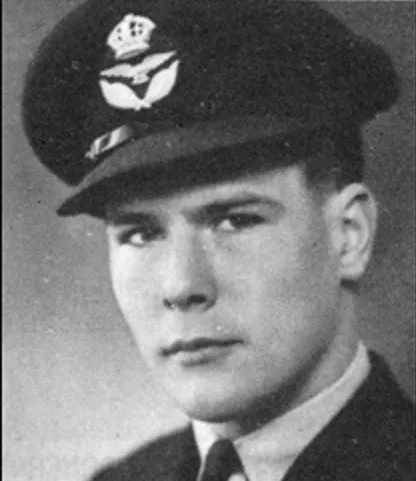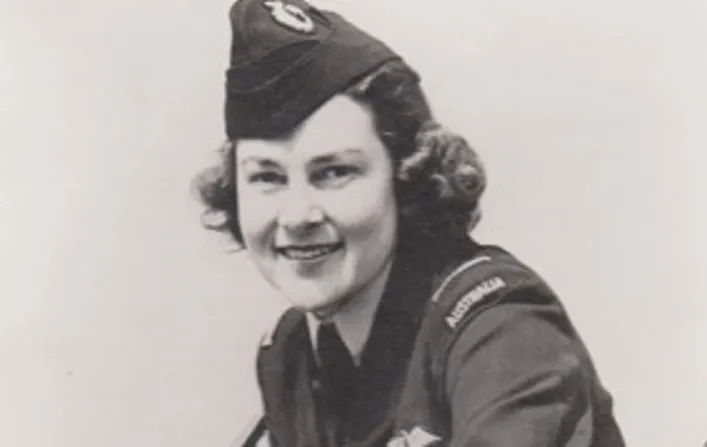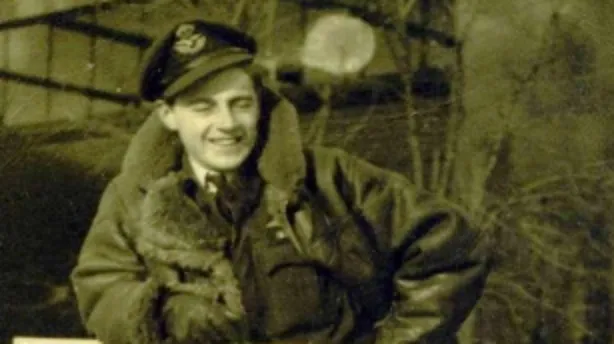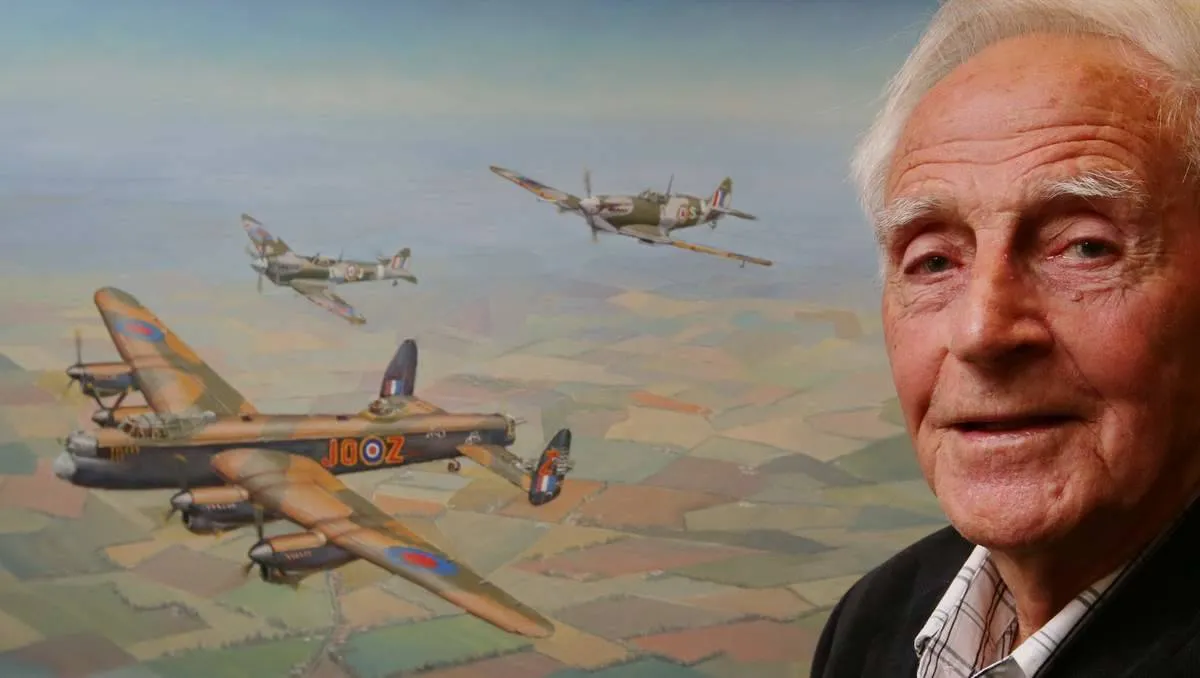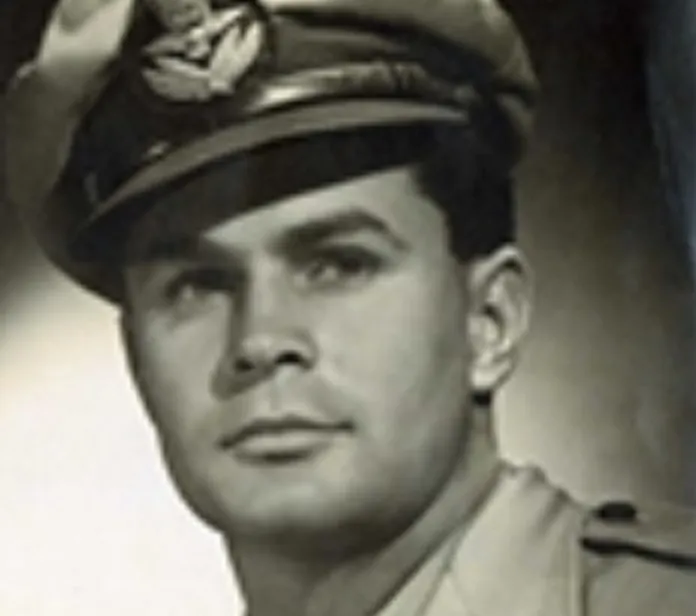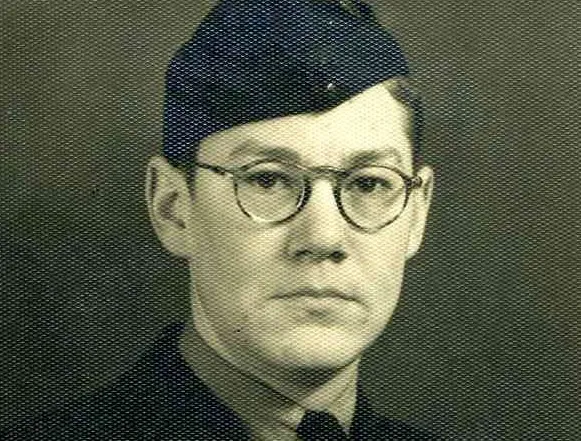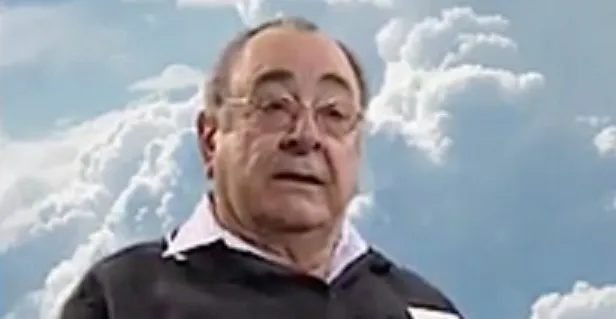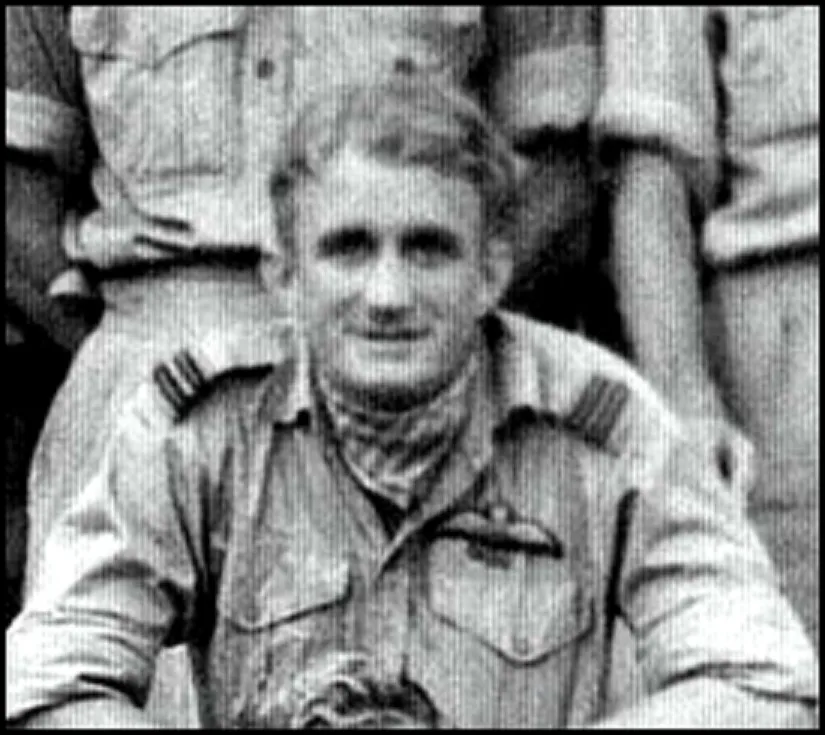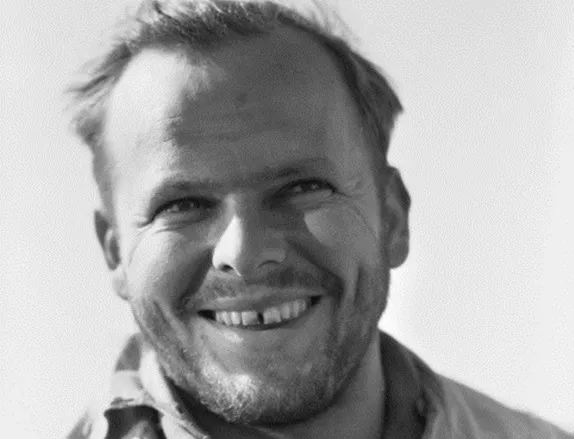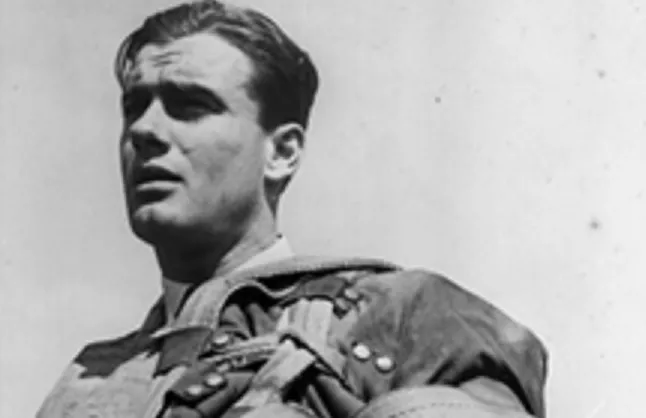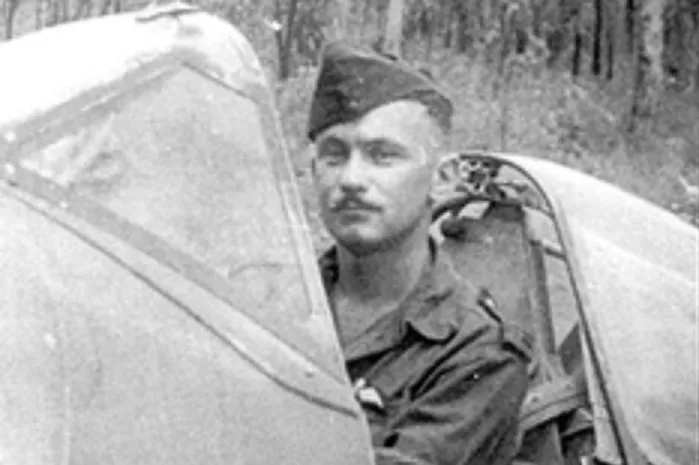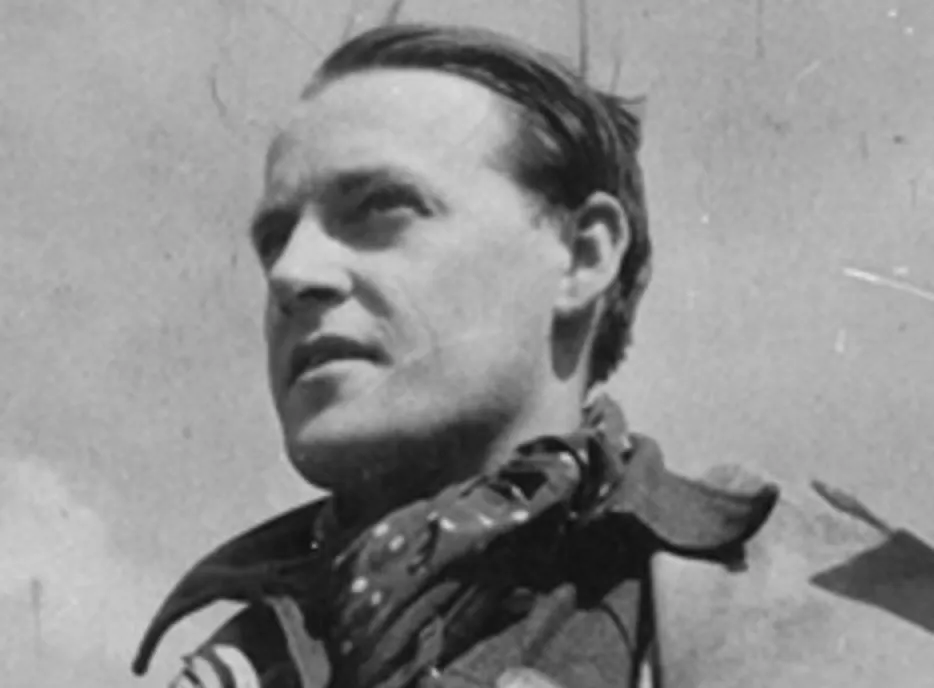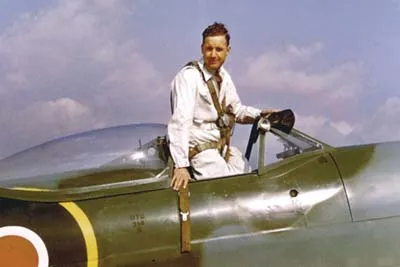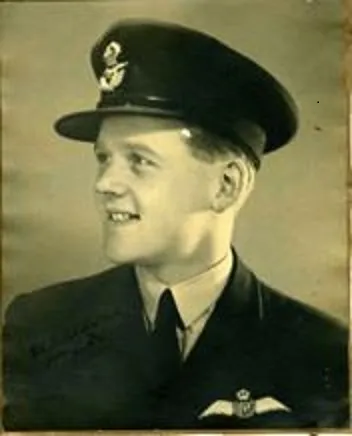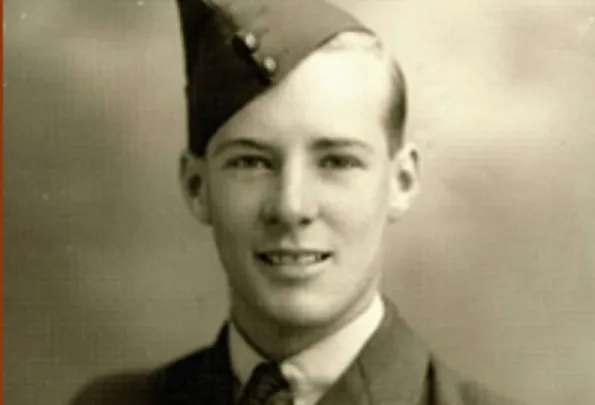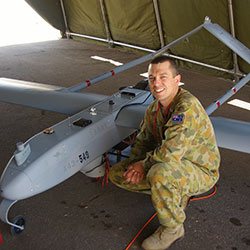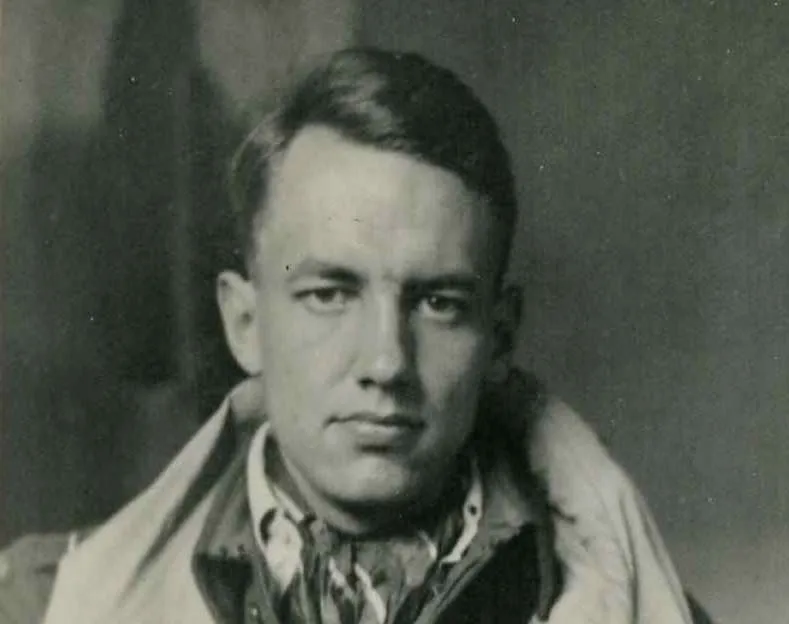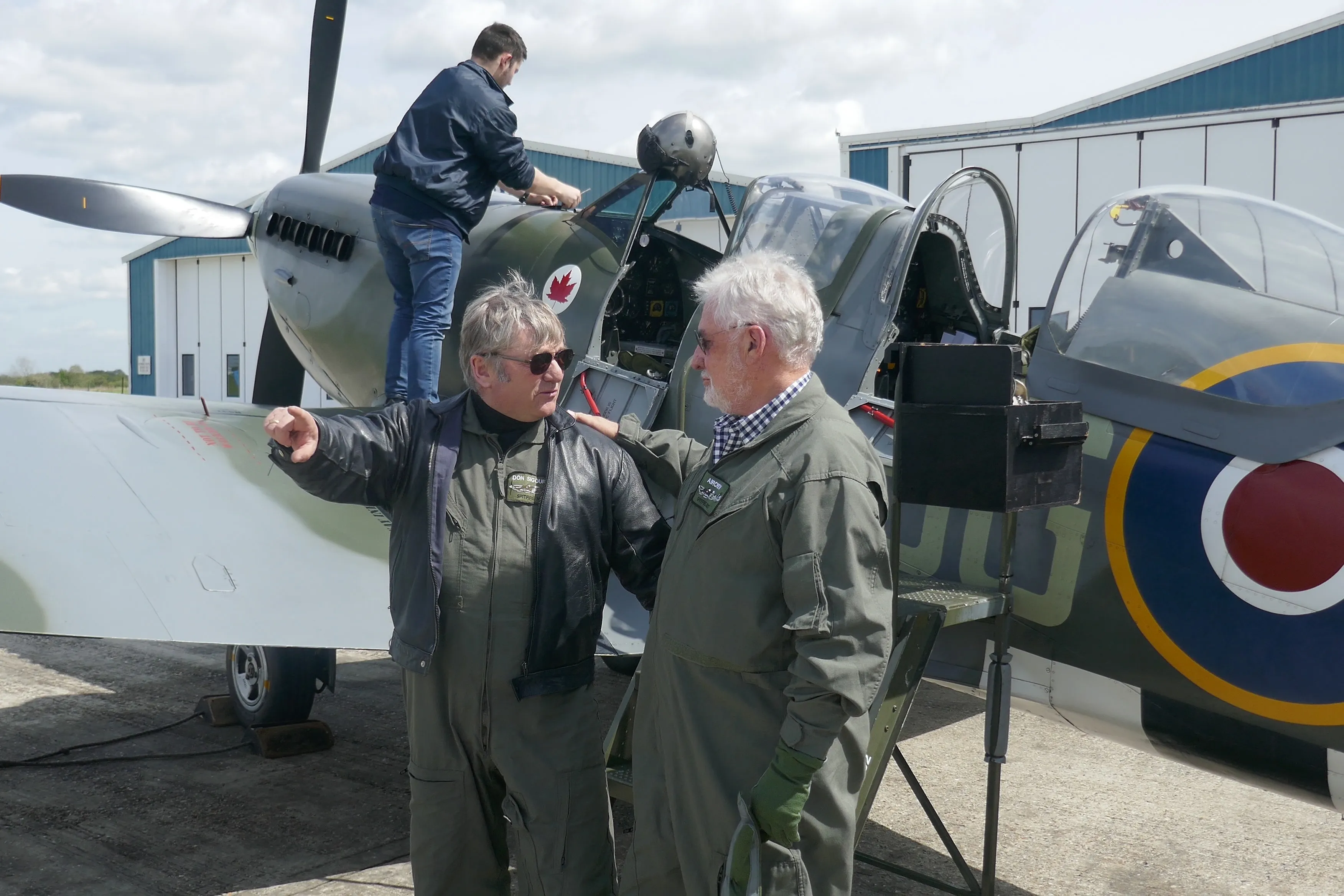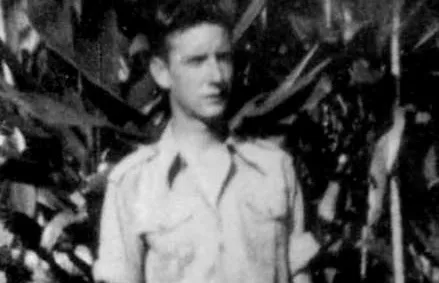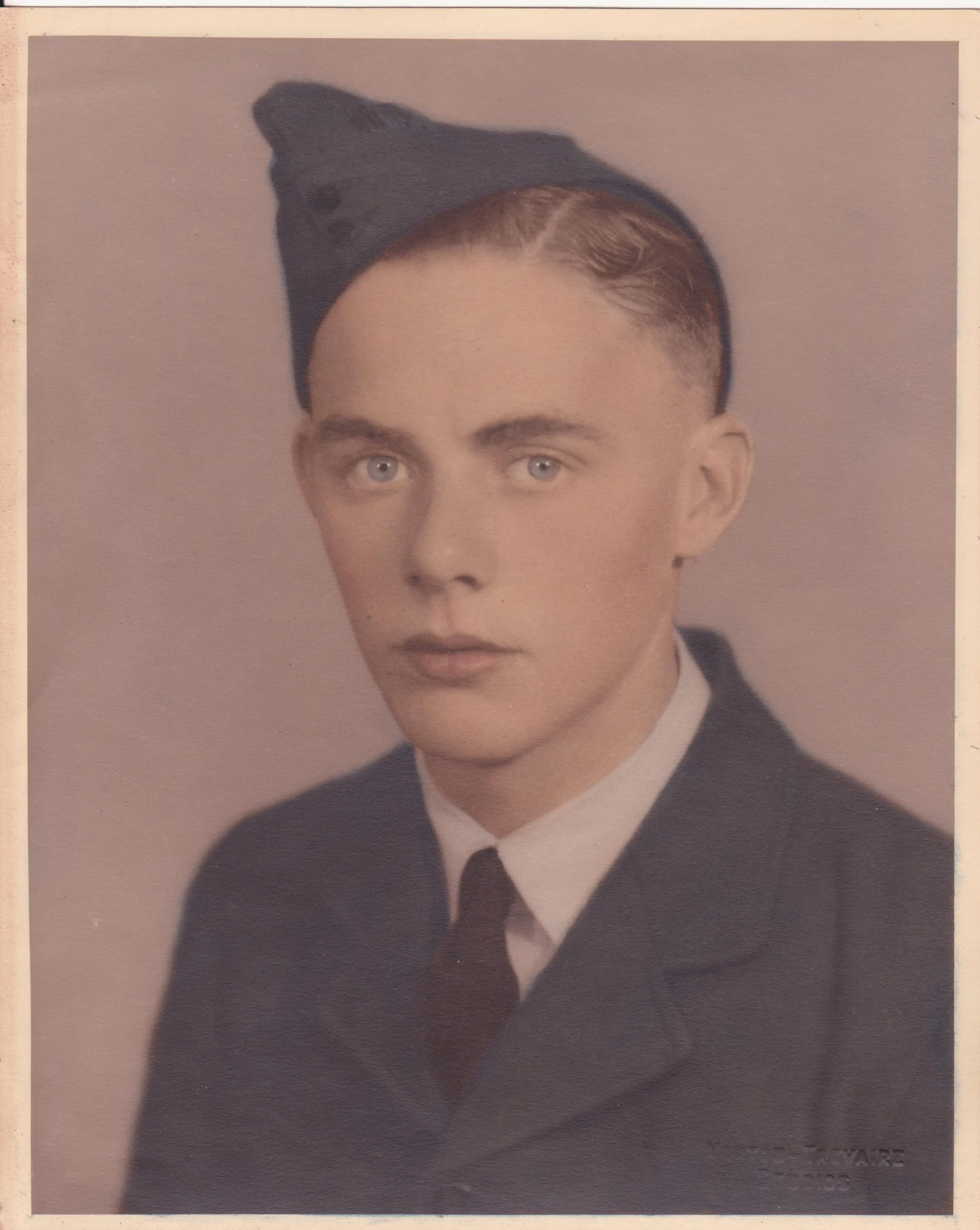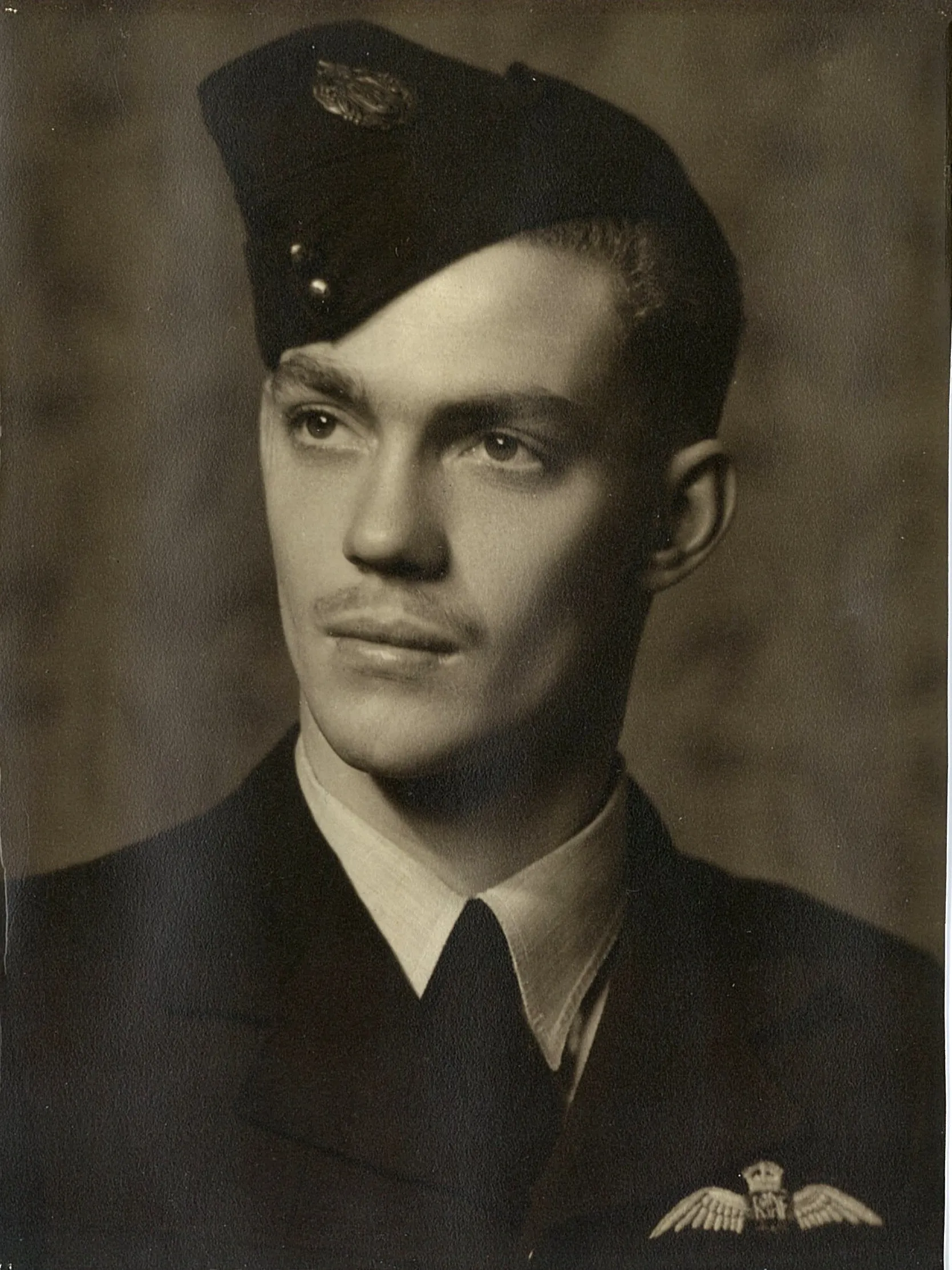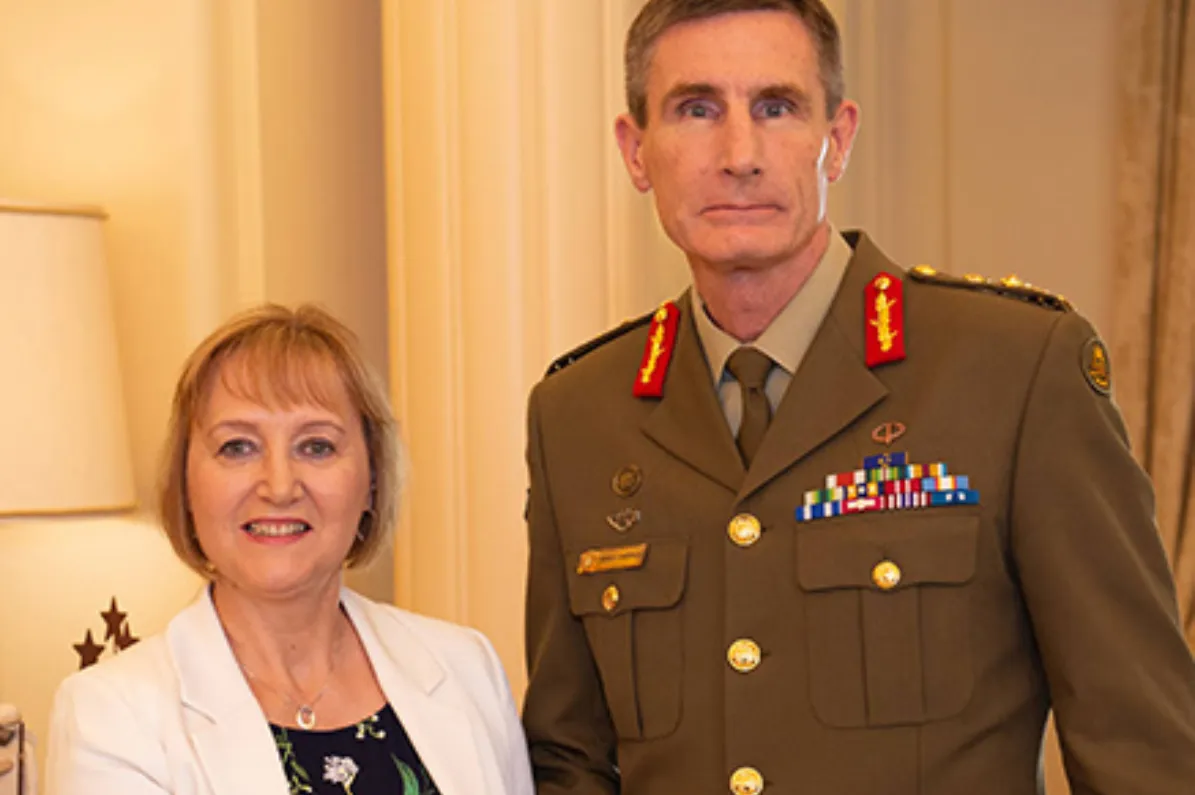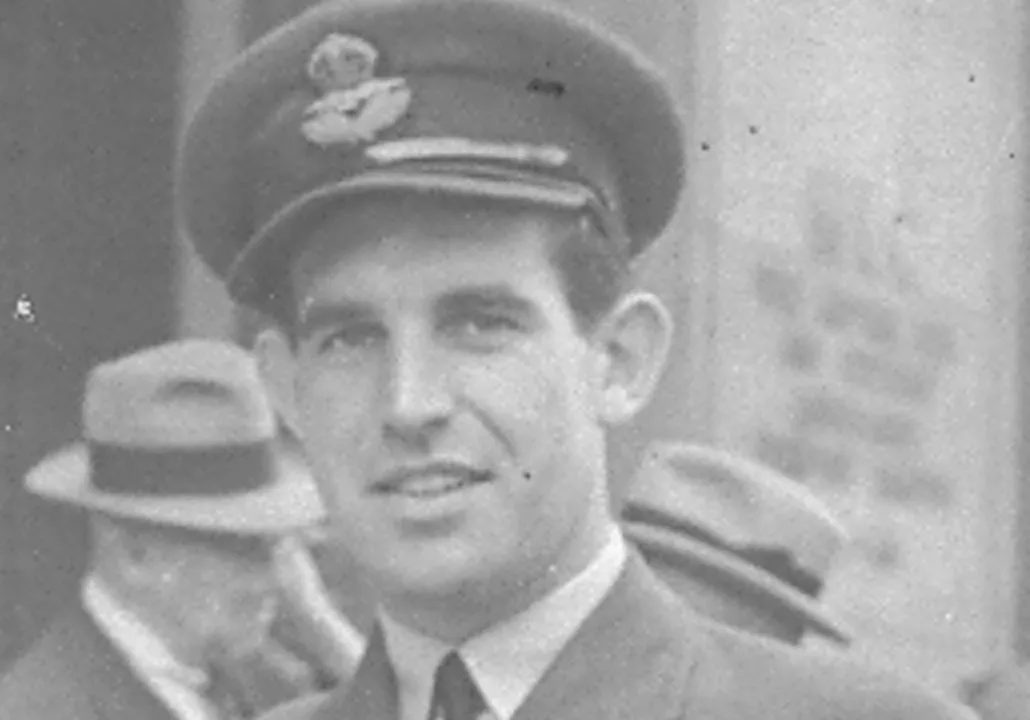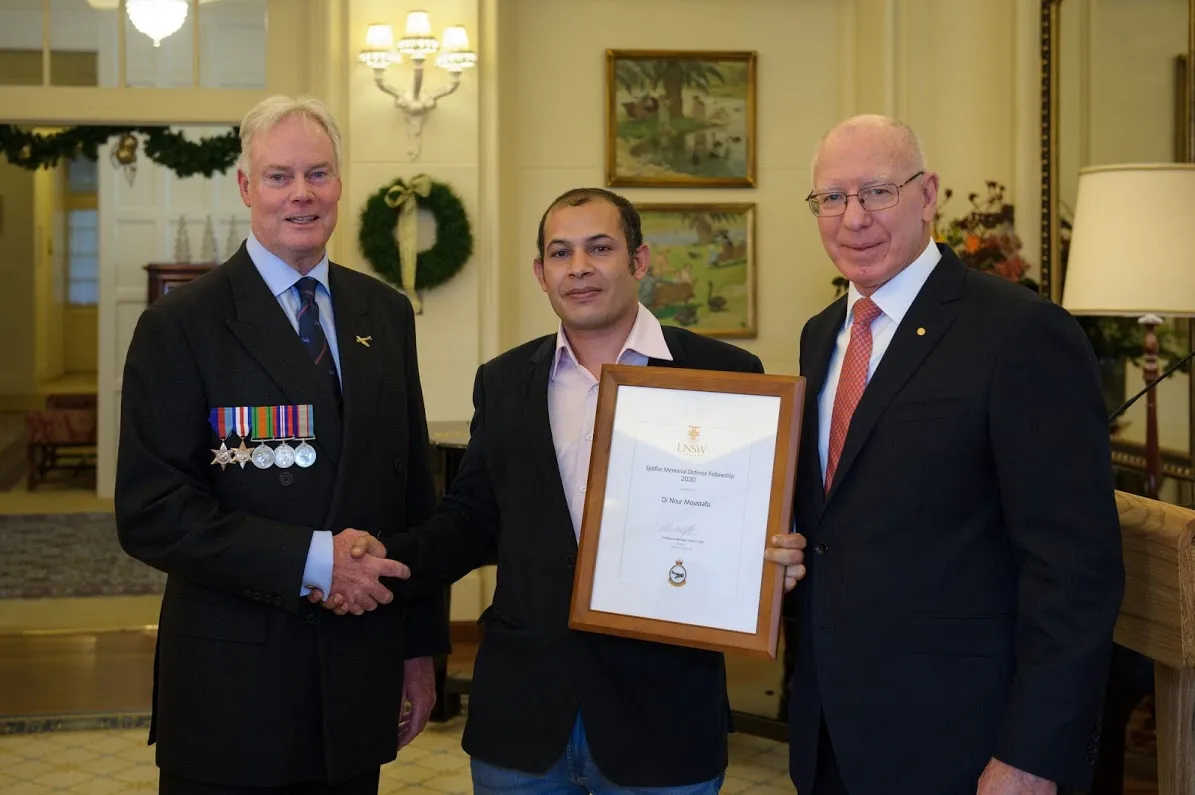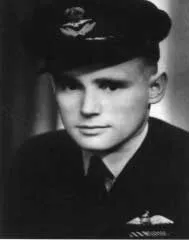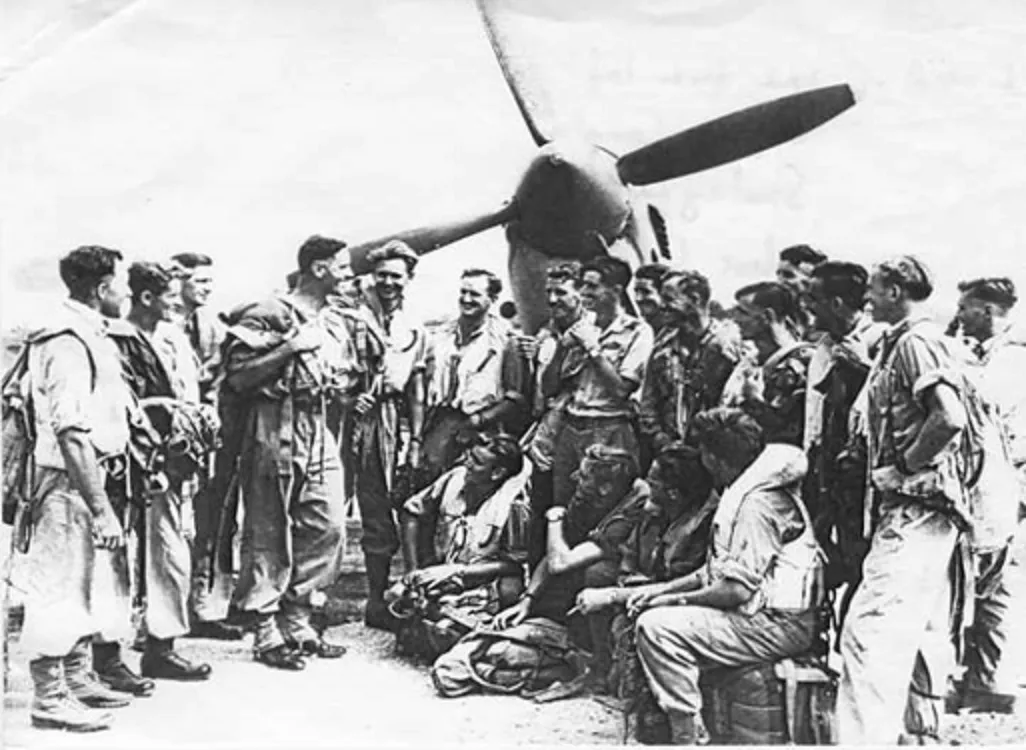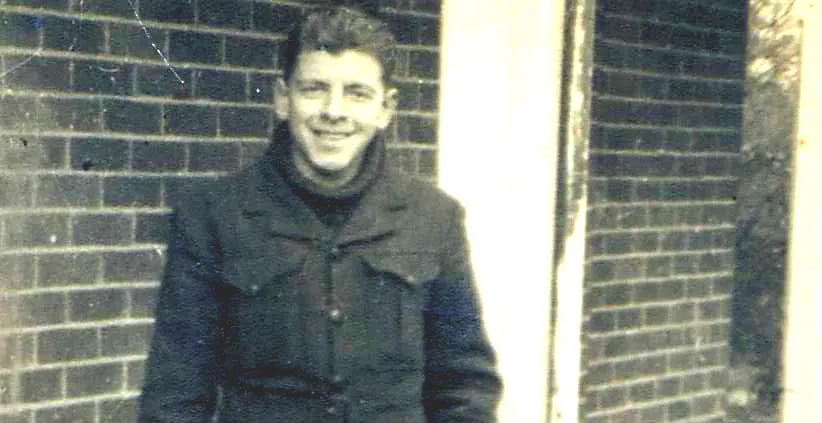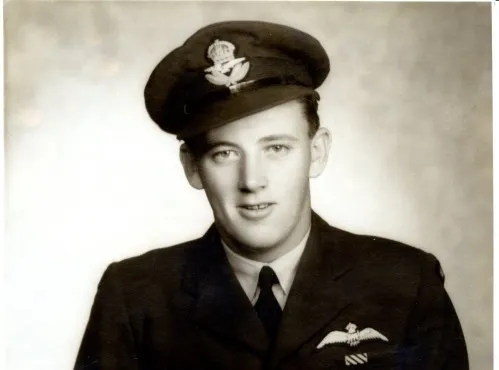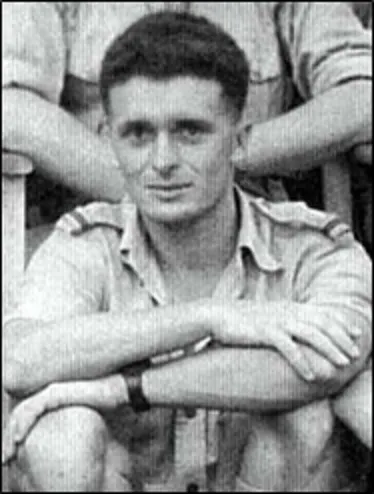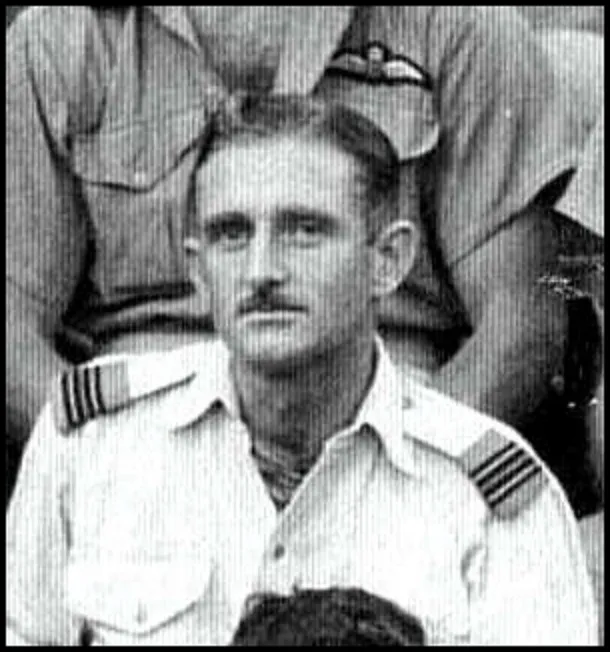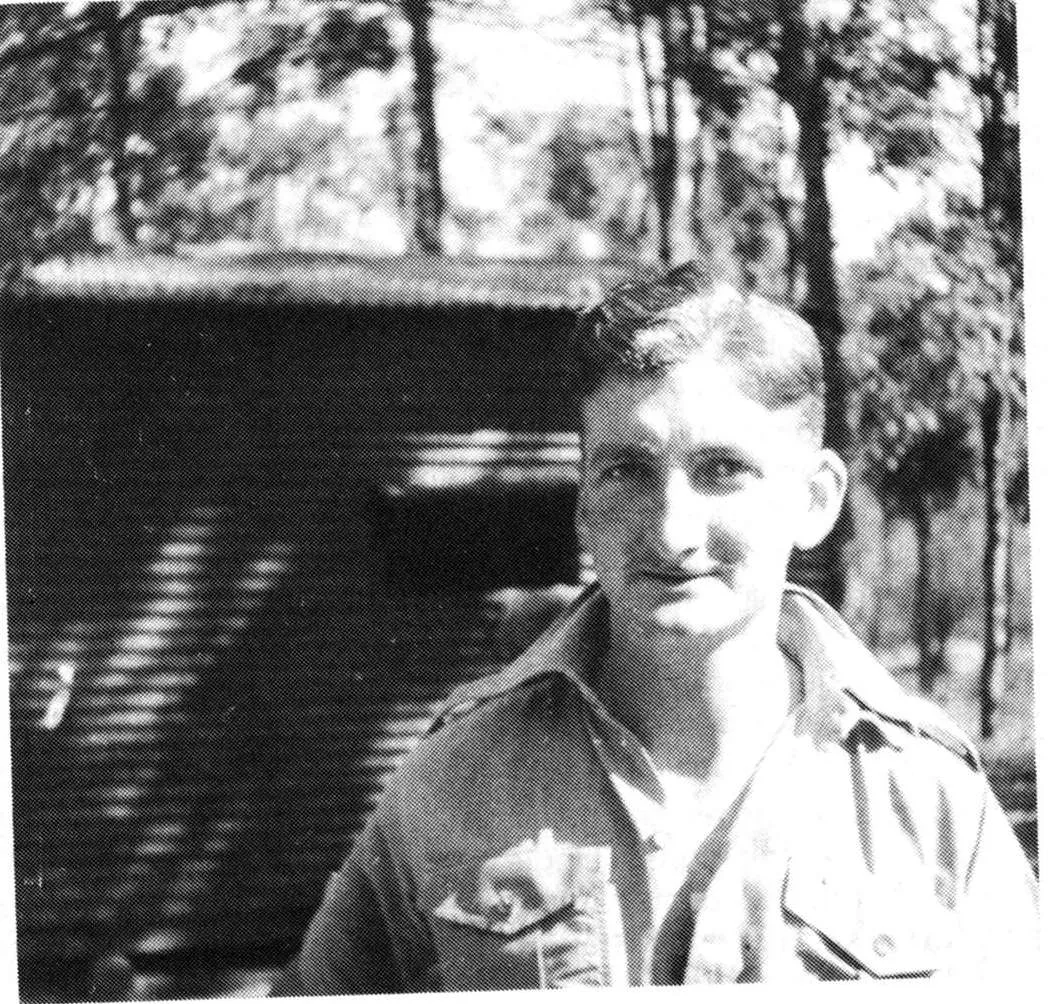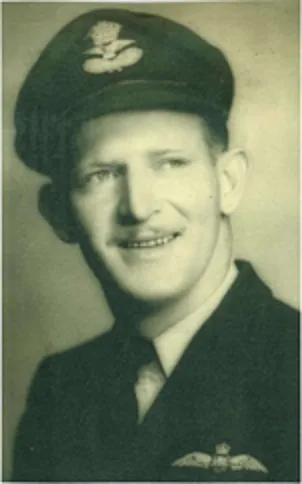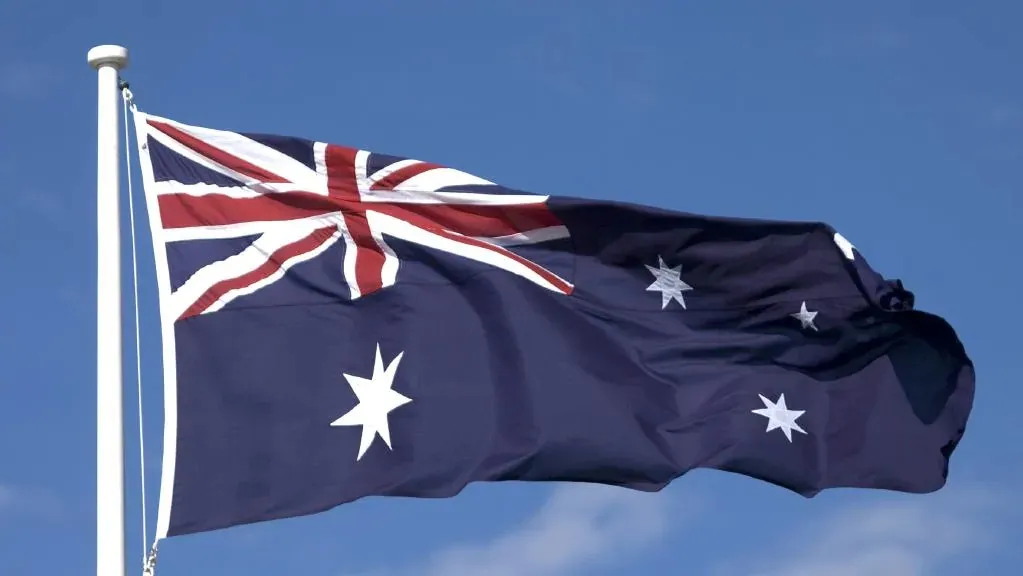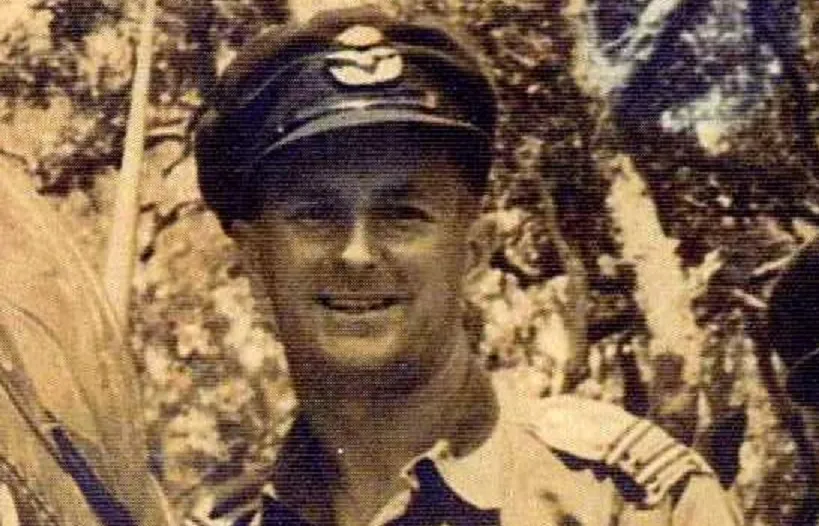
SQNLDR Bruce Dudridge Watson 403084
Bruce Dudridge Watson was twenty-six when he joined the RAAF having been born at Strathfield on 15 October, 1914. He enlisted at No. 2 Recruiting Centre Sydney on 9 December, 1940 and was immediately posted to Bradfield Park to do his initial training. When he'd completed his "rookies", Bruce joined No. 8 Elementary Flying Training School at Narrandera NSW, starting his course on 6 February, 1941. After a couple of months, during which he mastered the Tiger Moth, he was posted to No.2 Embarkation Depot to await his transfer to Canada where he was to undergo his service flying training. He sailed from Sydney on 22 April, 1941 after being transferred to the RCAF on that date. He disembarked at Vancouver and proceeded to No.11 SFTS arriving there on 16 May, 1941. Having successfully finished this course, Bruce was awarded his Flying Badge on 23 July, 1941 and was promoted to Sergeant Pilot four days later. Just prior to his departure from Halifax to England, Bruce was granted a commission and promoted to Pilot Officer. He disembarked in England on 29 August, 1941 and was then posted to No. 32 Squadron (R.A.F.), a unit that had a fine record defending England throughout the Battle of Britain the year before. During his time with No. 32 Squadron, Bruce flew Hurricanes and rendered valuable service. A part of his citation for The Distinguished Flying Cross states:-
Read more


